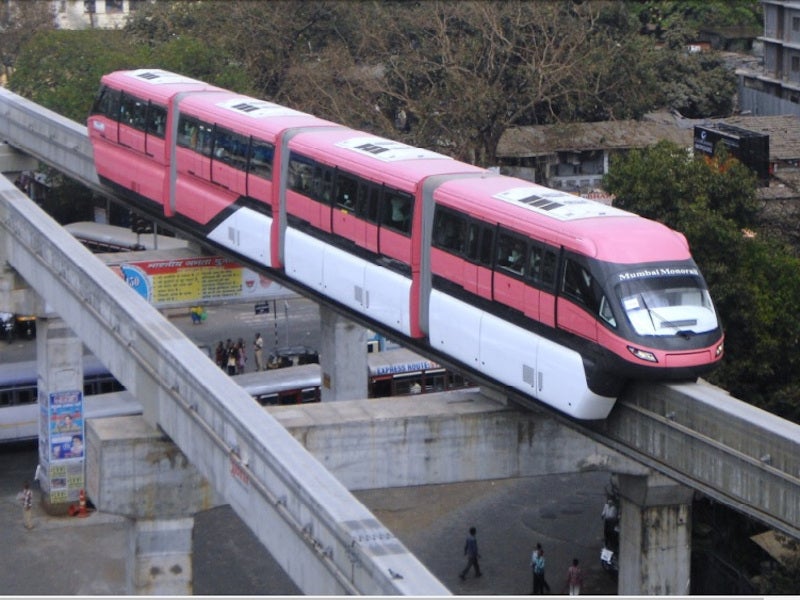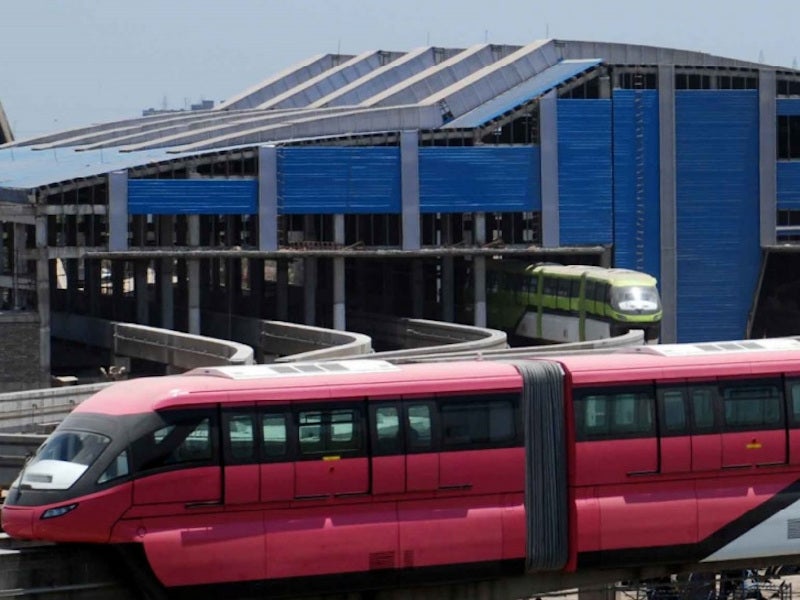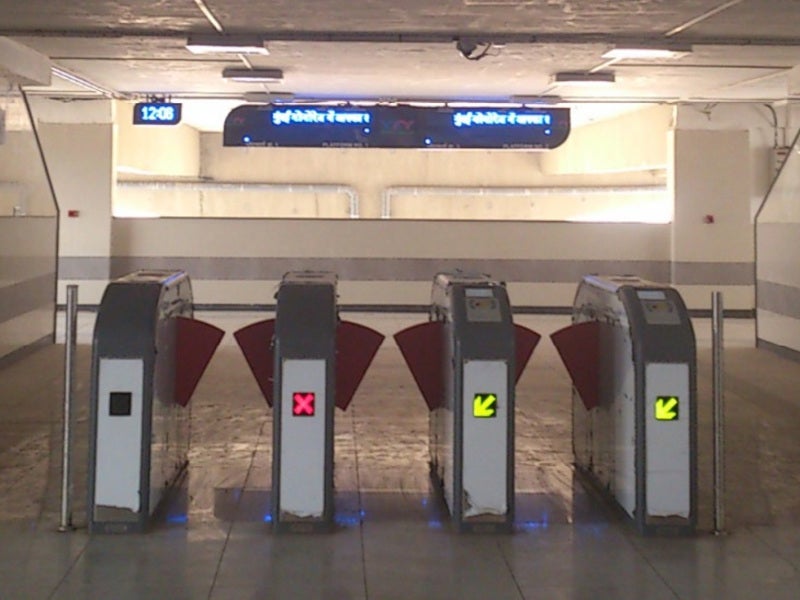Mumbai Monorail, the first monorail project of India, was constructed for the city of Mumbai, which is touted as the commercial capital of India. It is the world’s second longest monorail after Osaka Monorail Main Line, Japan.
The Mumbai Metropolitan Region Development Authority (MMRDA) is the owner of the project. The estimated investment on the project is Rs24.6bn ($501.9m).
In November 2008, a consortium of Larsen & Toubro and Scomi Engineering (LTSE) was selected by the MMRDA to implement the project. The LTSE consortium, led by Larsen & Toubro (L&T), implemented the project on a build-operate-transfer (BOT) basis.
A 108m test run of the monorail was successfully conducted in January 2010. The technical testing over a length of 2.2km was successfully completed in February 2012. The first phase of the line 1 was opened to public in February 2014. Operations on the line were terminated after a coach caught fire in November 2017 but resumed in September 2018.
MMRDA terminated the contract with the LTSE consortium in December 2018 citing failure to comply with the terms of the contract and became the operator of the project. Phase two of line 1 was inaugurated in March 2019. The Mumbai Monorail has the capacity to carry up to 200,000 passengers a day.
Project purpose and benefits
The monorail project was seen as a better solution in areas where roads are unable to be widened due to structures on the sides. It reduces property loss to residents, as well as lowering land acquisition costs for the government.
The monorail is eco-friendly and easily accessible and causes less noise pollution compared to metro rail systems. It also reduces traffic congestion and offers high reliability and manoeuvrability for passengers.
Passengers travelling to suburban locations are benefitted as the monorail provides interconnectivity to suburban railway stations, including Mahalaxmi Lower Parel, Curry Road, Dadar and Wadala.
Details of the project
MMRDA proposed the monorail project in September 2008 with a plan to construct eight lines. The 19.54km line features 17 stations and traverses via Sant Gadge Maharaj Chowk, also known as Jacob Circle-Wadala-Chembur.
The monorail passes through Wadala, GTB Nagar, Antop Hill, Acharya Atre Nagar, Wadala Bridge, Dadar, Naigaon, Ambedkar Nagar, Mint Colony, Lower Parel, Chinchpokli, Jacob Circle and Chembur.
Construction of line 1 started in February 2009 and was carried out in two phases. Phase one, from Wadala to Chembur, is an 8.26km-long line featuring seven stations.
Phase two is an 11.28km-long line from Sant Gadge Maharaj Chowk to GTB Nagar.
An operation control centre, training centre, power station, receiving traction substation and administrative facility were constructed to support the monorail system.
A 6.5ha car parking facility was also constructed for commuters using the monorail.
Signalling, communications and rolling stock
The monorail system features computer-based centralised train operation and management systems, computer-based interlocking systems and line side LED signals for signalling and communication.
Initial rolling stock comprises 15 trains each measuring 94m-long, 18m-wide and 12m-high. The trains are powered by a 750V DC line and run at a top speed of 80km/h (50mph) and an average speed of 31km/h (19.2mph) on an elevated corridor.
Each train features 16 automatic gates and four to six cars with a capacity to accommodate 568 (80 sitting and 488 standing) passengers at a time.
Train cars are painted green, pink or sky blue. Each train has three stabling and guiding horizontal wheels on both sides. The braking system includes electro-dynamic regenerative pneumatic and spring-engaged disc brakes.
Monorails are equipped with a centralised clock system, CCTV for surveillance purposes and a driver cabin at both ends.
Contractors involved with the project
The LTSE consortium provided design, construction, installation, testing and commissioning services for the project on a Lump Sum Turnkey (LSTK) basis. The contract is valued at Rs24.6bn ($501.9m).
Mott MacDonald was subcontracted by the LTSE consortium in June 2012 to oversee testing and commissioning of phase one.
Scomi operated the monorail for the first three years. The co-operative also supplied the rakes for the project.
The monorail systems were designed by Geodesic Techniques. The exteriors of the monorails were designed by the National Institute of Design (NID).
MMRDA appointed RITES to conduct the techno-economic and financial feasibility study for the Mumbai Monorail project.










